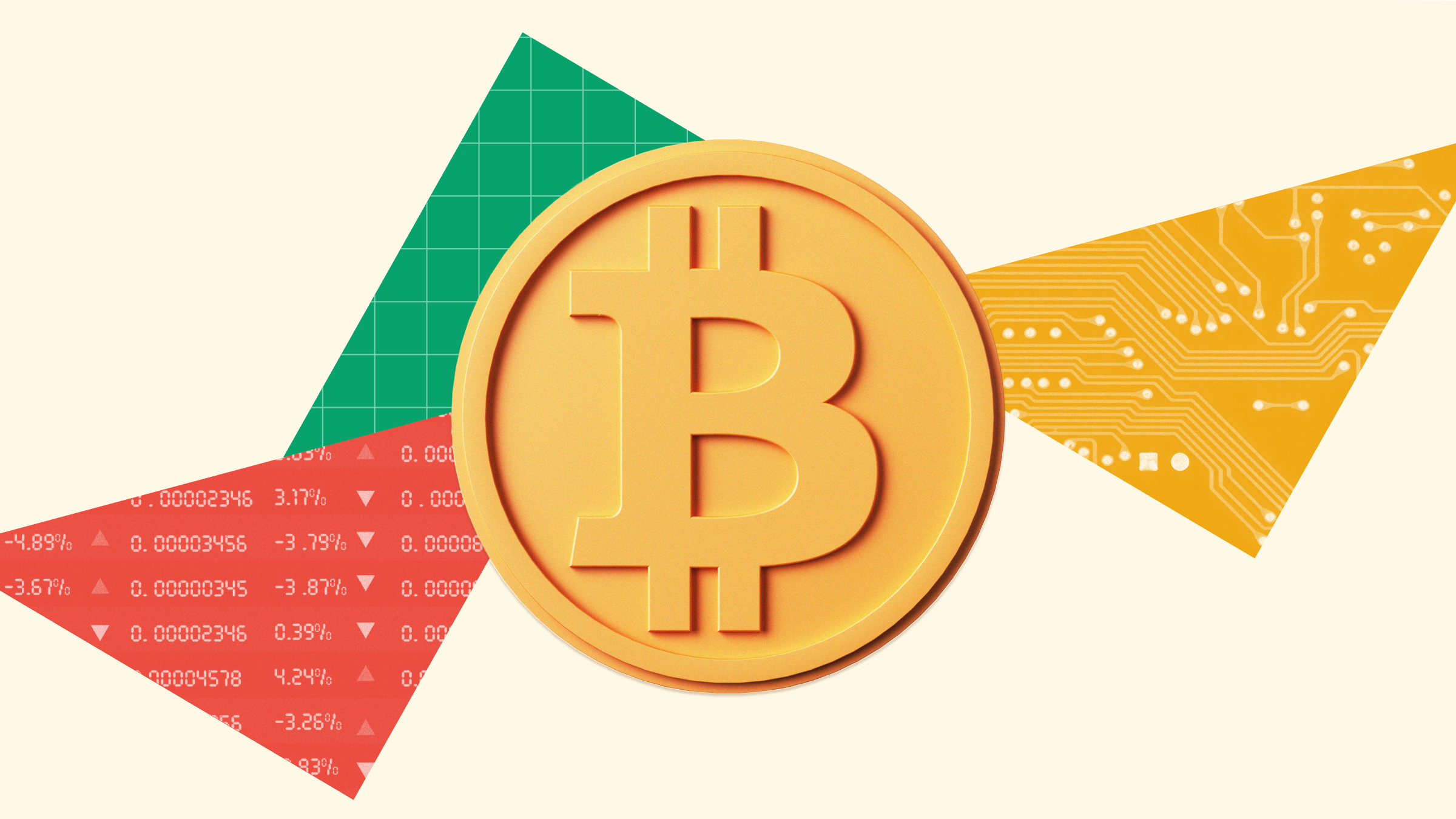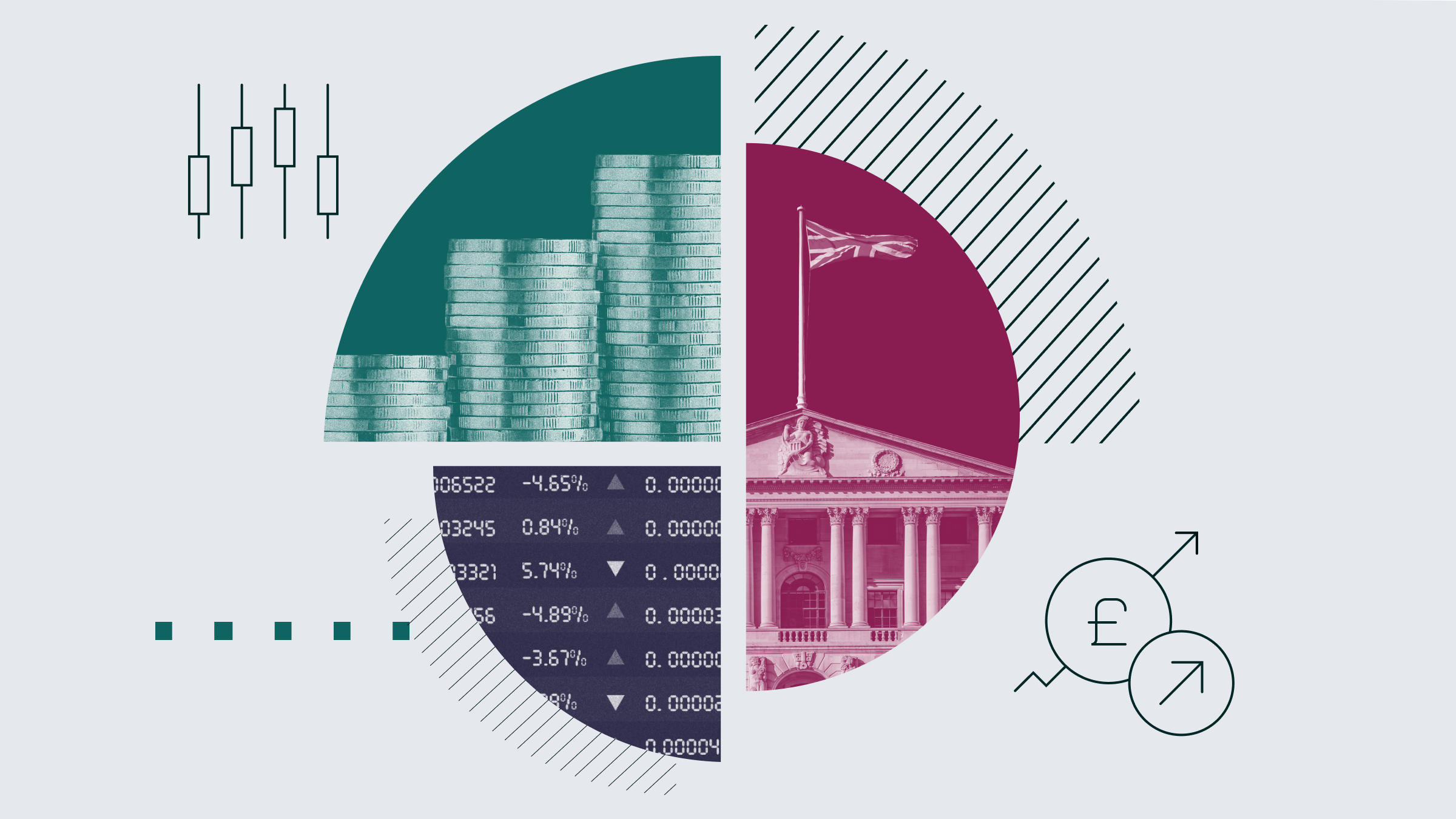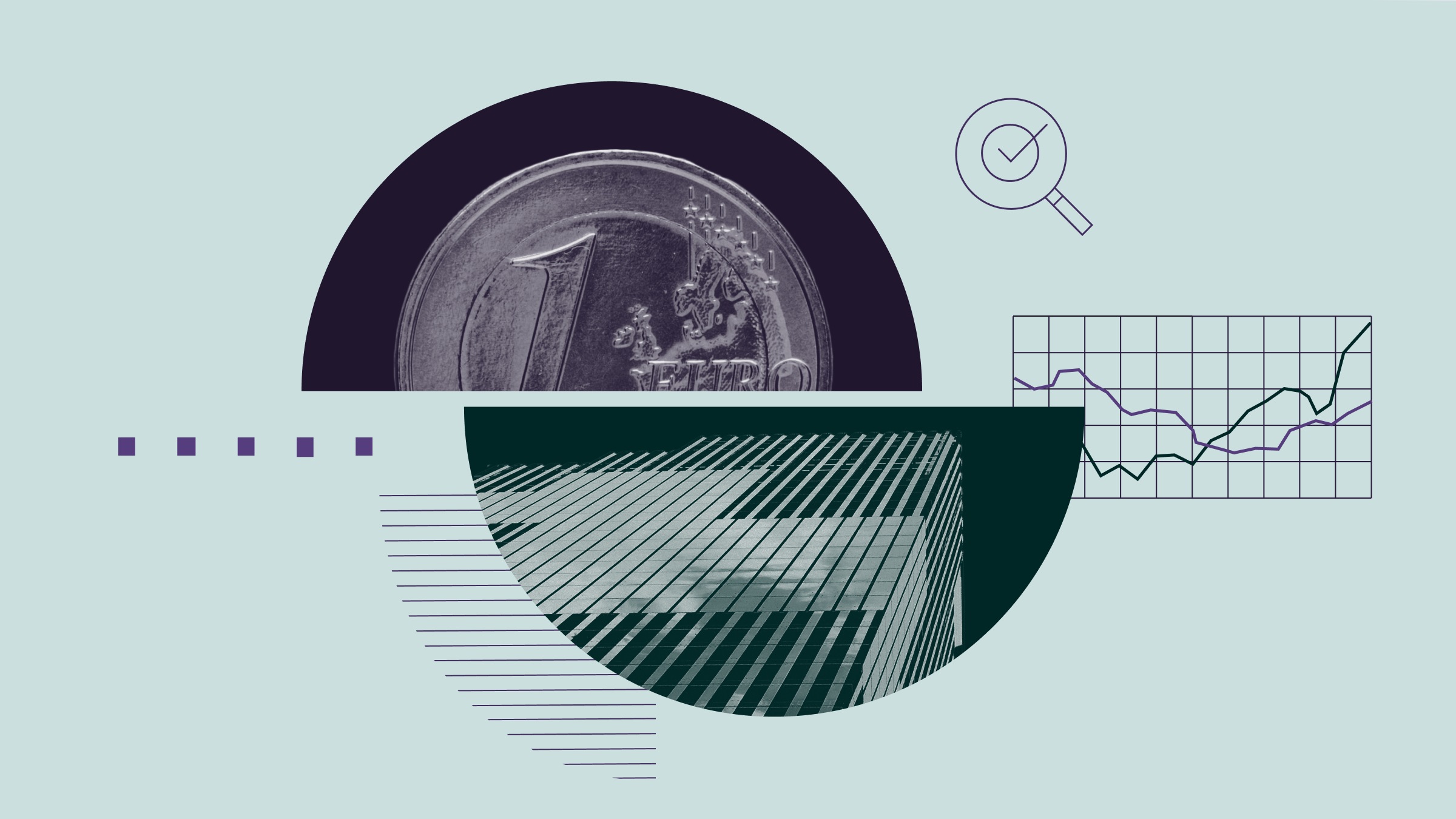Investor interest in exchange-traded products (ETPs) in Europe has experienced a dramatic upswing in the first half of 2014. According to preliminary data calculated by Morningstar, the ETP market has been the recipient of EUR 23 billion net inflows in the first six months of the year. This is more than double the total net inflows for the whole of 2013. Meanwhile, total assets under management (AUM) in ETPs stood just shy of EUR 342 billion at the 2014 mid-point, up 13% from year-end 2013.
Passive Funds Attract Money in Bull Market
Should this trend continue apace in the second half of 2014, the European ETP market would be firmly on course to register net inflows on a par with those seen in the 2008-2010 period, and - capital appreciation permitting - a marked jump in total assets under management. This would run counter to the predictions of many critics of passive investing – and in particular of ETPs – who argued that strong growth of this type of investing was a direct consequence of the global economic crisis and would deflate once active managers were again in a position to sell the virtues of a bull equity market. The poor net inflows experienced in 2013 relative to previous years seemed to give credence to this theory. In fact, many a headline at the start of 2014 asserted that the ETP market in Europe had plateaued. Well, it seems not!
A Great Rotation?
A breakdown of the H1 2014 data shows that some EUR 13 billion of new money has been placed in equity ETPs and EUR 10 billion in fixed income products. Meanwhile, commodity and money market ETPs have experienced a mild net outflow of EUR 200 million each over the period. In AUM terms, equity ETPs amounted to EUR 233 billion (68% of the total ETP market); fixed income accounted for EUR 69 billion (20% of total); while commodities came in at EUR 31 billion (9% of total). The remaining 3% of the total AUM was placed in what Morningstar terms as “alternative”; a category that includes all types of leverage/inverse products as well as currency instruments.

At first sight, the firm performance of the fixed income segment – not just for ETPs but for investment funds in general – runs counter to widespread predictions of a “great rotation” towards equity market exposure. And indeed, there has been plenty of talk this year about a potential divergence between investors’ perceptions and market/economic trends. However, the flows data reveals that while ETP investors placed more net new money in fixed income than equity in the first quarter of 2014 (EUR 5.4 billion vs EUR 2.6 billion), the opposite happened in the second quarter (EUR 4.5 billion vs EUR 10.5 billion). With some delay, the “great rotation” could be starting to take place after all.
US, UK and Eurozone Equity in Demand
ETP investors may be feeling increasingly at ease with the global economic recovery story, but they continue to be geographically discriminatory when placing their money. The two ETFs that have attracted the most new money in the first half of this year both provide exposure to the US large-cap equity market – Vanguard S&P 500 (VUSD) and iShares Core S&P 500 Acc (CSSPX). By contrast, when it comes to gaining exposure to Europe, the ETFs gathering most net new inflows were still in the fixed income bucket. And yet, some change is in the offing in Europe too. According to our preliminary calculations, the UBS ETF-MSCI UK (UKGBPB) and the iShares EURO STOXX Banks (EXX1) made it to the ‘top 10 net new money gatherer list’. Seeing a UK equity market ETF in this list may not be particularly surprising given the upswing experienced by the UK economy so far in 2014. However, the fact that some investors see clear upside potential in the eurozone banking sector is surely the clearest sign yet of confidence in the region’s return from the brink.
The vast majority of ETPs gathering most new money in H1 2014 are what one would term as “bread and butter” products; core building blocks providing exposure to mainstream markets and replicating mainstream market capitalisation indices. Strategic beta ETPs are also growing in popularity. In fact, some, such as the SPDR S&P US Dividend Aristocrats (UDVD), have proved a real hit with investors. Overall, however, at this early stage in the development of this new strand of exchange-traded products, their customer base remains comparatively small.
Out of Favour: Gold ‘Safe Haven’ and Pricey Products
Meanwhile, at the other end of the scale, the “net outflows ETP list” in the first half of 2014 comes up as something of an interesting collection. On the one hand, we have further proof that investors’ confidence is on the rise, with money going out of the likes of Gold ETCs or German government bond market ETFs. However, we also find the iShares S&P 500 Inc ETF (IDUS) and iShares FTSE 100 Inc ETF (ISF) sticking out like sore thumbs. Are investors contradicting themselves? Not really. They are just being cost-savvy. Charging total expense rations (TERs) of 0.40% for these large-cap developed equity exposures is no longer justifiable when most ETP providers – iShares included, within its ‘core’ range and even its dividend-accumulating version of the ‘non-core’ S&P 500 ETF (IACC) - are busy publicising sub-0.10% TERs for the same exposures. TER is by no means the whole cost of ETP ownership, but it is an integral part. Given the eroding effect of costs on long-term investment returns, it is very encouraging to see that ETP investors are actively discriminating products in cost terms.






























